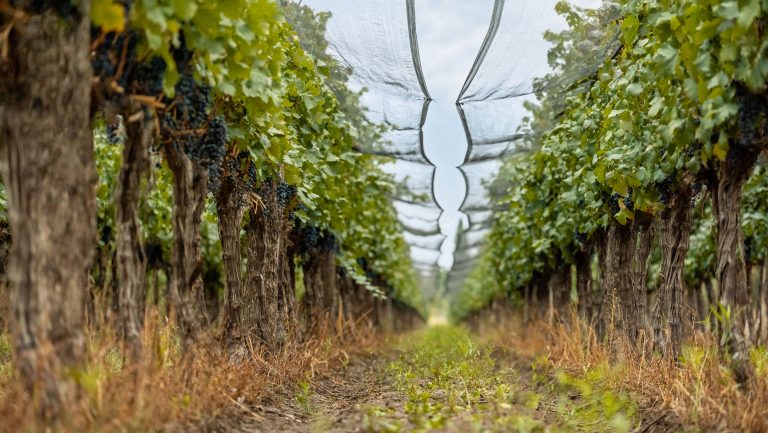During their education as winemakers, Laurie Lewis and Renee Neely had a key realization—they didn’t actually want to operate a vineyard. “We just wanted to make wine,” says Neely. “There are tons of people out there just growing grapes. We decided that instead of traveling out to wine country, we would make the grapes come to us.”
So in 1999, Lewis and Neely cofounded Hip Chicks Do Wine in a former glass artist’s studio in Portland, Oregon—45 minutes from the nearest vineyard. At the time, Hip Chicks was one of a small number of city-based wineries in the United States, but now urban wineries are booming. In Portland, the PDX Urban Wineries Association has 16 member wineries; the Seattle Urban Wineries collective counts nearly 30 members; a collection of more than 20 wineries operate tasting rooms or make wine in California’s Lompoc Wine Ghetto; Oakland and Santa Barbara promote urban wine trails; and one enterprising start-up is even growing grapes on a rooftop in Brooklyn, New York.
The urban winemaking phenomenon isn’t entirely new. Before the 1906 earthquake and Prohibition in 1920, San Francisco was the epicenter of California’s wine industry and was home to more than 100 wine houses. But today’s urban winemakers say that infrastructure and looser restrictions make winemaking an even more attractive bet now. Some of the infrastructure—like water—is already in place, says Liz Mercer, the general manager at Bluxome Street Winery in San Francisco. “When you’re a rural winery, it’s heavily regulated—how many visitors you can see per day, noise ordinances, capacity caps on production,” Mercer says. “You tend not to have that as much in an urban environment.”

Don’t miss the latest drinks industry news and insights. Sign up for our award-winning newsletters and get insider intel, resources, and trends delivered to your inbox every week.
For Norm Yost, the winemaker at Flying Goat Cellars in Lompoc, disposal of water is just as important as access. “As far as the sewer, that’s a huge deal,” says Yost. “I know people that make wine in other areas, and they have to have [wastewater] hauled out of there weekly.”
And as for the cost of transporting grapes, Jim Mirowski of Treasure Island Wines in San Francisco says his costs “are not that significantly different from people up in Napa that I know, because they’re bringing in fruit from other places and they have to truck it in like we do.”
Of course, operating an urban winery can present challenges. Rent, especially in larger cities, can be steep, and space may be at a premium. “For us it’s more complicated because we have to work in a tighter profile,” says Thomas Monroe, a winemaker who cofounded Division Winemaking Company and the Southeast Wine Collective with Kate Norris in Portland. “Our square footage has to be mapped out … because we’re playing a life-sized game of Tetris.”
Finally, there’s the matter of convincing drinkers that wine doesn’t have to be made in the country—or, in the case of Rooftop Reds in Brooklyn, New York, that grapes can thrive on a rooftop. Founder Devin Shomaker says Rooftop Reds will complete its first harvest this fall, and the wine will be made at Point of the Bluff Vineyards, near the Finger Lakes, upstate. Bucking the traditional approach to winemaking suits him just fine.
“If you’re going down the path of a scientific approach to viticulture,” Shomaker says, “it doesn’t have to be a traditional setting on a hillside in Bordeaux; it can be a historically industrial, disgusting site such as the Brooklyn Navy Yard.”

Dispatch
Sign up for our award-winning newsletter
Don’t miss the latest drinks industry news and insights—delivered to your inbox every week.
Jon Page is a writer, editor, and photographer based in the San Francisco Bay Area. Follow him on Twitter and Instagram.








